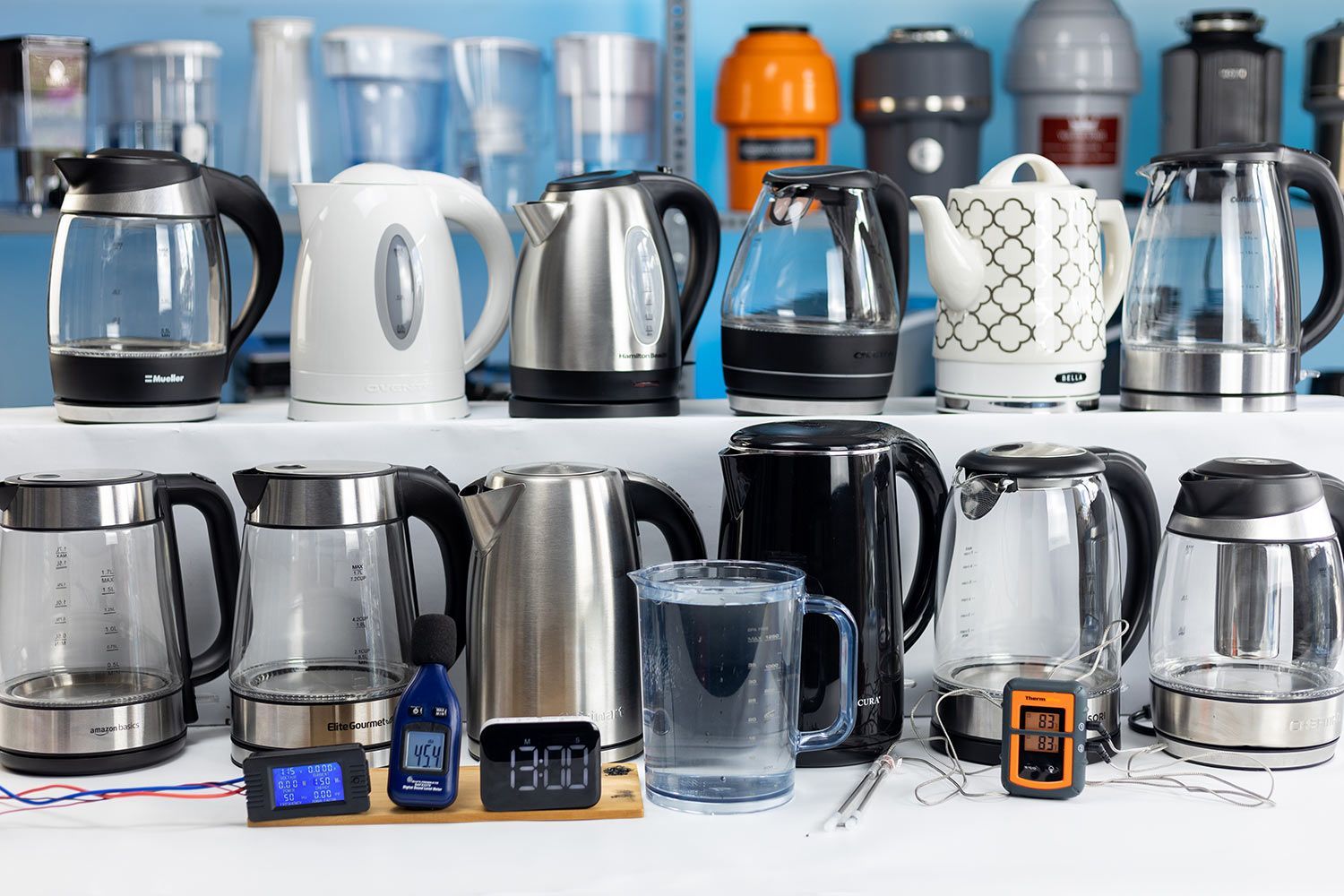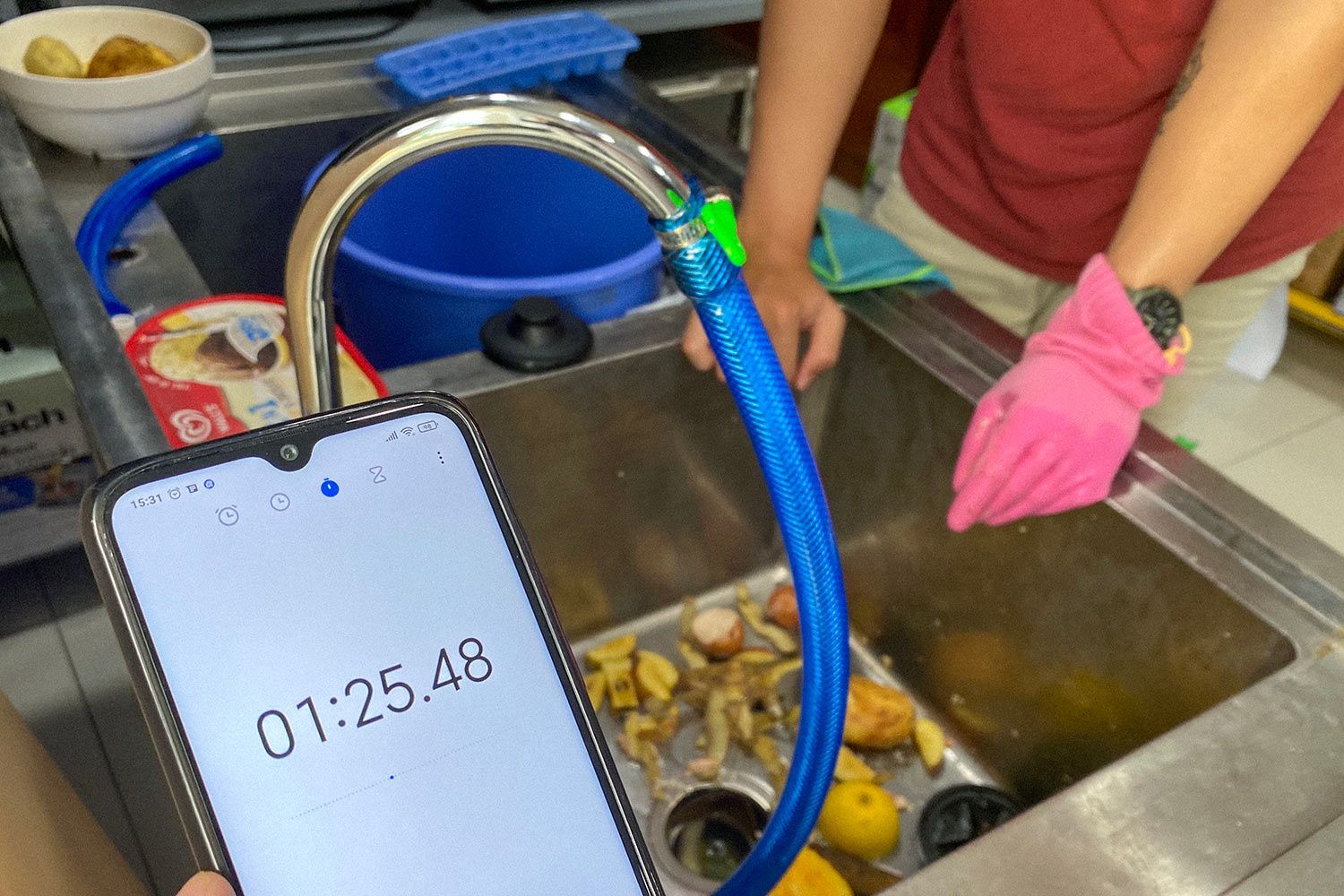How Our Buying Guides And Reviews Are Developed
Transparency is the guiding principle at Healthy Kitchen 101. To help you understand our approach to product reviews and guides, here’s the procedure we use when testing and reviewing different product categories.
1. Selecting Products to Test

In every niche, there can be hundreds or thousands of products from various brands. We curate a list of products that have caught the interest of consumers the most based on the volume of search queries on search engines.
We prioritize products that can be easily bought online as well as brands that have established their names in the niche.
2. Designing the Test

This is the most challenging part of the test and review process.
We evaluate all products using three main criteria:
- Design
- Performance
- Ease of Use
These are the foundational criteria. But the methods that we use to assess them will differ from one product category to another. More specifically, testing procedures will be specially tailored to best bring out the strengths and weaknesses of each product category.
In any case, the ultimate objective of our reviews is to determine whether or not the product can fulfill practical needs in the kitchen, not what the manufacturer claims that it can do.
To that end, we keep the following questions in mind when designing the tests:
- What is this product designed to do? What do users buy it for?
- How do you define “good performance” for this type of product?
- What are some of the concerns the users may have when buying this product?
- What are the common problems that users encounter when using it?
We do extensive research to find the answers to these questions, paging through scientific studies, journals, reports and reading user’s reviews on forums and social media. With all that data, we begin the process of composing the first draft of the test method.
Usually, the tests are based on the functions the product is designed to serve.
Since our focus is on kitchen appliances, test recipes are developed. For example, with an immersion blender, we test its ability to make puréed hot soup, mayonnaise, and almond milk. Personal blenders, meanwhile, have to go through protein shake, frozen fruit smoothie, and fibrous greens tests.
Once the tests have been finalized, criteria to evaluate results are set up. The criteria may come from industry criteria, such as in the case of water cooler dispensers. Certain classes of appliances, like waffle makers, are judged by how well they can make or cook certain foods. In that case, we consult a chef for professional insights.
3. Trialing

After completing the first draft of the test method, we apply it to a few products to check if the assessment tasks perform as expected. We sometimes come across issues in this phase, such as when all products perform similarly in a test which leads to that test failing as a way to separate the products.
Any faults or issues with the tests are then adjusted accordingly.
4. Testing

Once the methodology is settled, we carry out the testing in our lab in Ho Chi Minh City.
We often test large batches (ranging from 4-5 products to as many as a dozen products) at the same time. The whole process is photographed and videotaped, and results are recorded in our database. Any noteworthy observations during testing are noted.
In order to bring out any potential issues, we often try to push the test products as close to their limits as we can. We also assemble and disassemble the products the way a typical user would to check for any technical issues, construction flaws, or problems with ease of use. Our reviewers also perform regular cleaning and maintenance of each product to get a feel of how it would be like to use it in an actual kitchen.
Afterward, we rate each product using the predetermined benchmarks. All scores and ratings have to be unanimous among at least two members of the test team before they’re officialized.
5. Review

Once the testing has been completed and all the data collected, we start composing our reviews. We try to combine both test data and personal opinions about the products. That way, the readers can have the broadest perspective on each product.
Within our review, other than discussing the test results, we also explore the products’ strengths, weaknesses, and any quirks or unique features that we think may affect users’ experience. And depending on our observation, we’ll also make recommendations on whether the products are worth purchasing.
6. Updates
Our test results aren’t final. We’re always searching for new test methods to improve the accuracy and usefulness of our reviews.
We keep all our test products in the lab for at least 6 months after the initial testing. Once our team has come up with a new test methodology, we will re-test all of the products we retain in the lab and update the articles with new results.
All updates to the methodology or to the review articles are noted in our methodology page.
Contact Us
Having questions or comments regarding our testing and review procedure? Write to us at review@shouldit.com. We’re all ears!
Last updated on Oct 5, 2023







